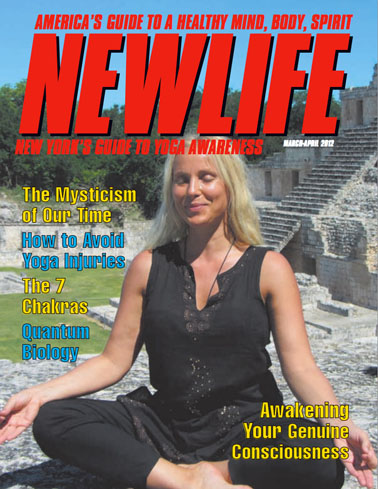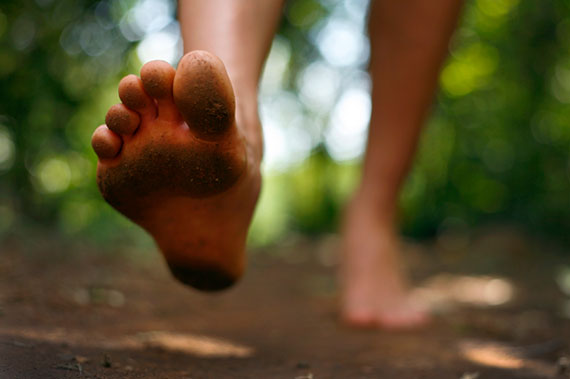Physical therapy prices depend on several factors including the type of practice, the physical therapist’s experience and reputation, and, of course, the location of the clinic.
The most common physical therapy practice is medium to large sized clinic with many physical therapists and a gym like atmosphere where the majority of professionals are young and inexperienced. Patients receive little hands on treatment and are quickly dispatched to do exercises on their own. A physical therapist at such a clinic can see four to five patients per hour. However, major health insurance is likely accepted and the patrons are asked to pay a copay of about $50.
On the other hand, with some research one can find a boutique physical therapy practice with a different feel. A clinic with a few experienced physical therapists who spend at least half an hour hands on with a patient and integrate a variety of modalities like laser and magnetic therapy and whole body vibration among others. At a practice like this, attention is focused on the therapeutic approach rather than the tedious process of insurance reimbursement therefore major health insurance may be accepted only with out of network benefits. Here, the initial evaluation and treatment may cost upwards of $300 with follow up treatments at a slightly smaller premium and discounts for multiple session packages. Treatment may be covered 70% or more for those with good health insurance plans.
Lastly, there are special plans offered for students and artists who labor with their bodies everyday. In such cases, the discounts range between 20% and 33%. At the end of the day, our responsibility as health professionals is to teach the importance of maintaining overall health.

 Do you know when to use heat or cold therapy for an injury? If not, a recent review article by two University of Washington sports doctors, Matthew Karl, MD, and Stanley Herring, MD, can be your guide.
Do you know when to use heat or cold therapy for an injury? If not, a recent review article by two University of Washington sports doctors, Matthew Karl, MD, and Stanley Herring, MD, can be your guide.
 The positive effects of yoga are widely accepted. Modern science can, in fact, quantify these benefits, such as increased flexibility, improved strength, better posture, positive mood, reduced stress levels, and –the widely desired – weight loss.
The positive effects of yoga are widely accepted. Modern science can, in fact, quantify these benefits, such as increased flexibility, improved strength, better posture, positive mood, reduced stress levels, and –the widely desired – weight loss.

